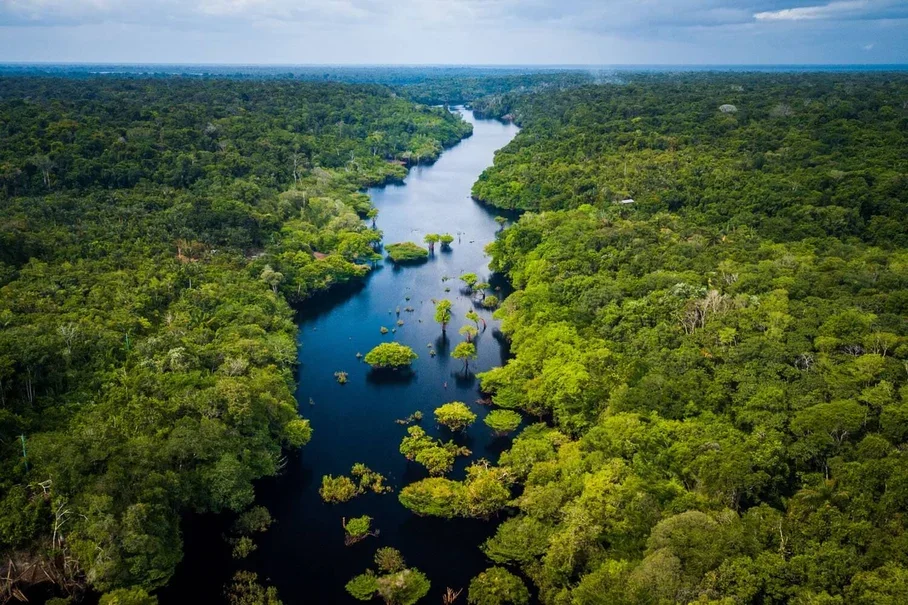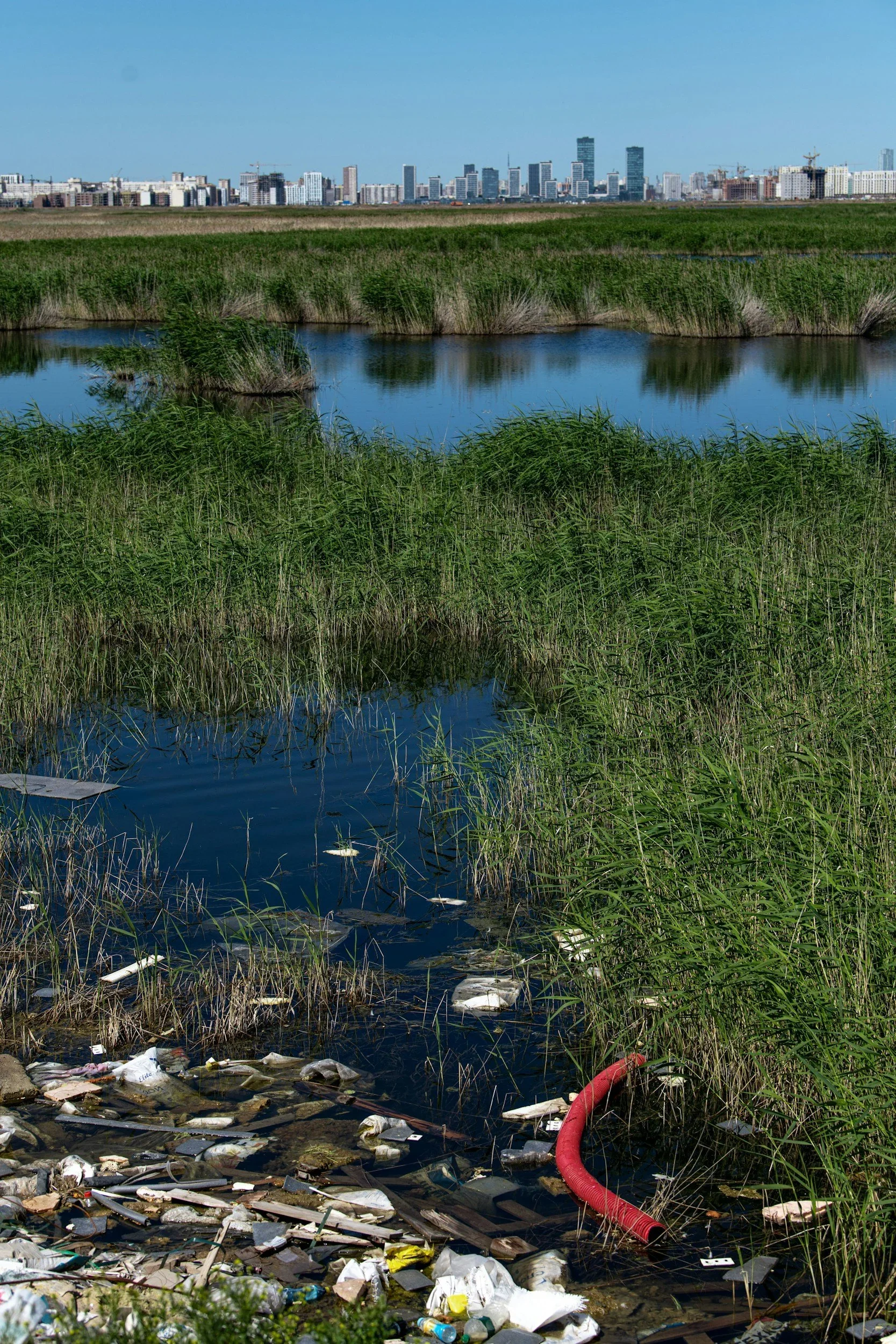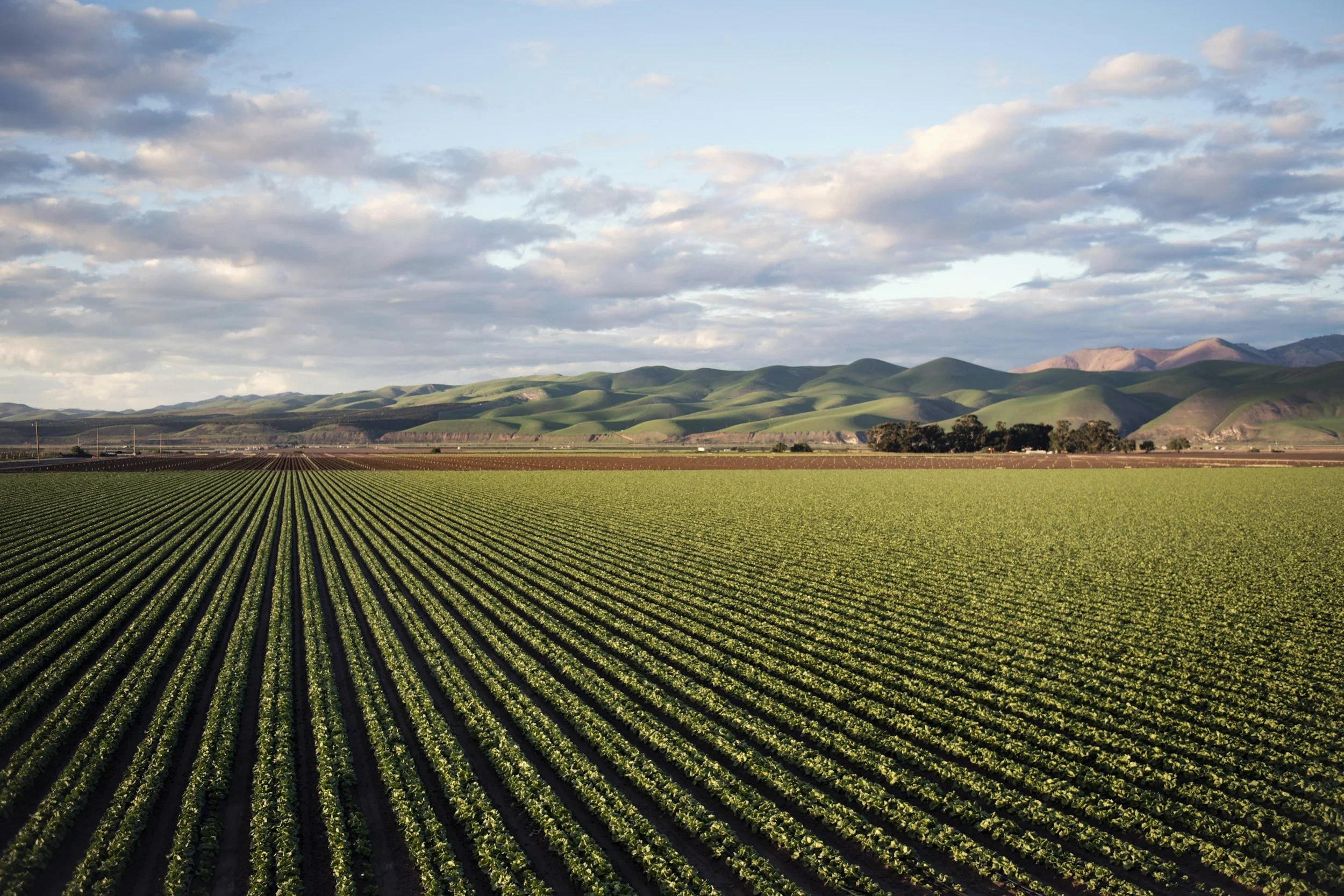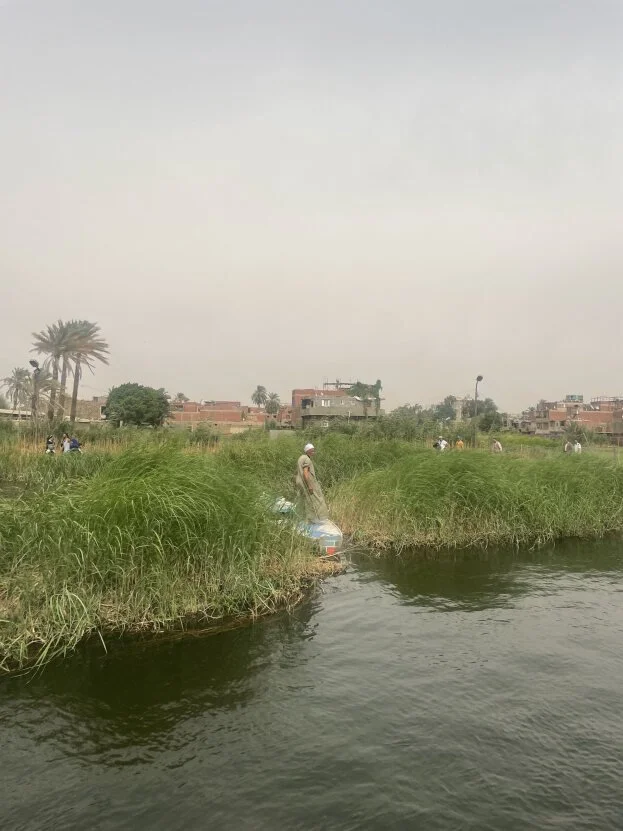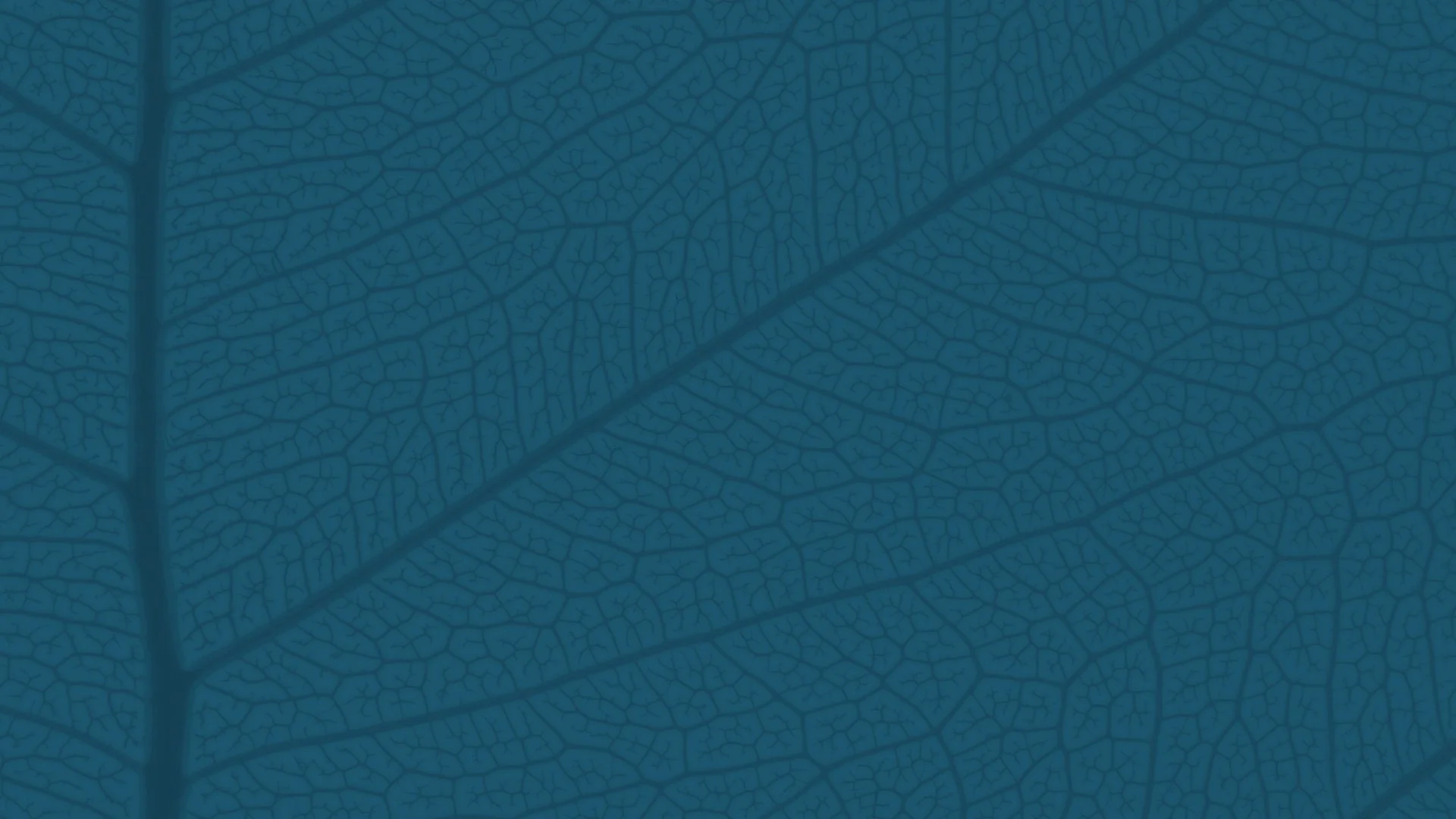
BLOGS
Max & Fran: Glass Half Full
That’s Max Steitz, co-founder of Glass Half Full, a grassroots glass recycling program based in New Orleans. Co-founder Franziska Trautmann adds with a laugh, “We were always hanging out in his creepy basement that he lived in and drinking wine from Trader Joe’s.”
They wondered, what’s the destiny of a glass bottle? Is it doomed to clutter our streets, landfills, and rivers? Modern glass takes about 4,000 years to decompose, but the average glass produced is estimated to stick around for 1 million years – that number is even higher if it’s in a landfill.
Nathalie Lasselin: The River Diver
When we look at rivers, we’re usually just skimming the surface.
Flying alongside the St. Lawrence River are bald eagles, osprey, and black terns while muskrats, porcupines, and beavers scamper along the shore. If you dive beneath the fresh waters of the river though, you’ll see an ecosystem of smallmouth bass and freshwater gobies, nestled between chunks of rock reefs.
Nathalie Lasselin is a diver. While she’s explored the Arctic and underwater caves in China, she felt drawn back to the waters of her home – Montreal.
Yangtze River: Lifeline for Many Communities
When thinking about the most important river in the world, your first thoughts may go to the Nile or Amazon rivers, the two largest rivers in the world. Full of biodiversity, these rivers are essential to the planet’s health. But, there is one river people count on more than any other. With over 400,000,000 people who depend on the Yangtze River as a freshwater source, it is easily one of the most essential rivers in the world and the one with the most people who depend on it.
Fred Tutman: The River Keeper
Patuxent Riverkeeper Fred Tutman and BeAlive Studios’ Kate Richter Green joined The Weather Channel’s Pattrn to discuss Voices from the Water. The film spotlights conservation leaders protecting the Patuxent, St. Lawrence, and Mississippi Rivers. Hear Tutman share his journey as Riverkeeper and the urgent challenges facing his watershed.
Amazon River: Biodiversity Marvel Under Threat
The Amazon is the most ecologically diverse river in the world. It is home to a vast array of plant and animal species, many of which are found nowhere else on Earth. Yet, the health of this vital resource is under threat from deforestation, pollution, and other human activities. Its future is up to us to decide.
10 Most Polluted Rivers in the World
The world’s rivers are under assault from many different sources of pollution, but none is more insidious than pharmaceuticals. A new study, published in February 2022, has found that pharmaceutical pollution is rampant in waterways around the globe, and the problem is only getting worse.
The study, conducted by an international team of researchers, analyzed data from over 1,000 sites in 104 countries. The most common drugs identified were antibiotics, anti-inflammatories, and antidepressants.
The study included sampling sites on all 7 continents, in 104 countries, across 258 rivers. It represents the environmental influence of 471.4 million people across 137 geographic regions. This study also included 36 countries that had not previously been monitored for pharmaceutical pollution.
Rivers and Agriculture
Throughout history, the relationship between agriculture and rivers has been complicated. As of today, almost 85% of water consumption in the United States is used for agricultural purposes, according to the USDA Economic Research Service. Farmers and ranchers depend on water from rivers, lakes, springs, and reservoirs to have a successful season. Unfortunately, they can also be a source of harm to these natural resources.
In fact, rivers and the huge variety of habitats that surround them help to support all life on Earth.
The Alternative Spring Break Experience
Every spring, Living Lands and Waters hosts what they like to call their Alternative Spring Break program: week-long volunteer trips for college students to meet new friends, learn about environmental issues facing our waterways, and play an active role in conservation.
Students from across the country gather together and spend the week traversing river banks and lakeshores by foot and boat to clean up litter. The students work closely alongside the Living Lands and Water crew and get a first-hand look at what it’s like for the crew to live on the barge.
Why Rivers Matter
90% of the world’s population lives within 6 miles of a river. We rely on rivers for drinking water and crop irrigation, transportation, and power generation.
The rivers of the world help to regulate the global water cycle and climate, and provide a rich habitat for a wide range of biodiversity.
In fact, rivers and the huge variety of habitats that surround them help to support all life on Earth.
'Keepers of the North' Illustrates Innovative Way of Recycling Waste
Rivers are Life is proud to present “Keepers of the North,” a film that takes viewers on a never-before-seen cross-country journey of Alaska’s plastic waste as it becomes something usable, hope-inspiring, and new.
WHO: The film explores a unique collaboration between Gulf of Alaska Keeper (GoAK), FedEx, the Alliance to End Plastic Waste, Dow, Pyxera Global, and the Center for Regenerative Design and Collaboration (CRDC), who have teamed up to take the harmful trash left in Alaska’s hard-to-reach shores and recycle it into an innovative, durable construction material dubbed RESIN8TM.
Nile River: Treasure of Past, Present, and Future
The Nile River is one of the most important rivers in the world and has been treasured by civilizations for millennia. The river has been a source of food, water, and transportation for people throughout history. Evidence of its influence is everywhere.
Today, it is still an important resource for many people and continues to play a vital role in the development of the region. However, modern industry and global warming now threaten this great river and, subsequently, the people who rely on it. Fortunately, there are those who are still willing to meet these challenges head-on and defend the river Nile.



